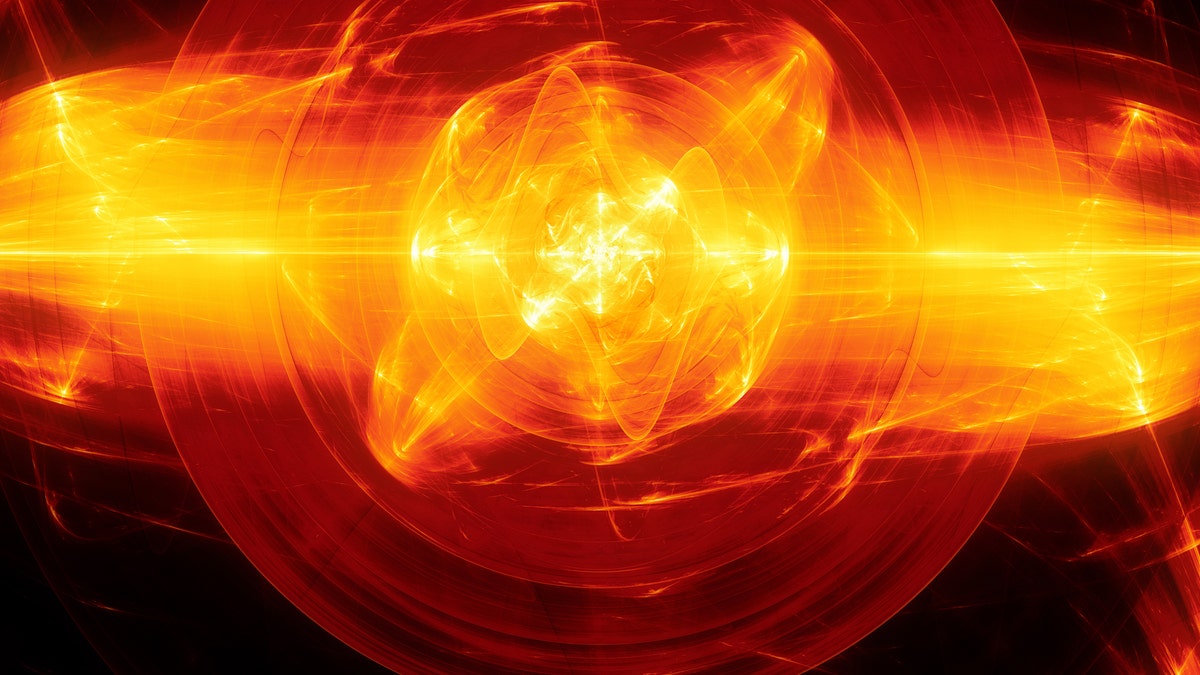
(Credit: iStock) (This content is subject to copyright.)
In just 15 years, the U.S. will be producing unlimited amounts of nearly free, completely green energy. Not only would such an energy holy grail mean the end of humanity’s dependence on expensive fossil fuels, it would also be a panacea for climate change.
Amazingly, this is not a science fiction. It’s actually about to become reality if a collaboration between MIT and Commonwealth Fusion Systems, a private company, is to be believed. The collaborators announced Friday in the journal Nature that they believe they are on the verge of cracking the code to nuclear fusion — and it could be commercially viable in just 15 years, according to The Guardian.
So far, fusion has been an extremely expensive laboratory experiment that requires more energy inputs than it outputs. However, the collaborators believe they’ve found a way to reverse the math. Their system, built upon a new class of super high-temperature superconductors and small, ultra-powerful magnets, would, for the first time, allow for a fusion reaction that outputs more energy than it takes in.
Nuclear fusion is the be-all and end-all source of energy because, in theory, it’s practically unlimited and has almost no downside. It doesn’t put carbon into the atmosphere like the burning of fossil fuels or generate radioactive waste like nuclear fission, which is the technology in current nuclear power plants.
During a fission reaction, radioactive atoms, like uranium, are ripped apart — producing huge amounts of energy in addition to nuclear waste.
Fusion, as the name suggests, is the exact opposite of fission. Instead of ripping atoms apart, extremely plentiful atoms like hydrogen are smashed together, giving off helium and a huge amount of energy.
The problem with fusion has always been heat. Fusion produces temperatures hotter than the center of the sun so solid materials melt, ruining any potential for a power plant.
The collaborators’ breakthrough came about because they were able to use a new type of superconductors to produce small, powerful magnets, a key component of fusion reactors. The magnets create a field to hold the fusion reaction in place without it touching anything solid — thus solving the meltdown problem.
In the past, it took lots of energy to power the magnets. The new magnets created by the collaborators, however, are smaller and need less energy. This means that, for the first time, their system produces more energy than it consumes.
MIT and Commonwealth Fusion Systems’ plan isn’t pure theory — they’ve raised $50 million from Italian power company Eni to actually build a reactor. Their fusion experiment, called Sparc, will produce enough energy to power a small city.
“The aspiration is to have a working power plant in time to combat climate change,” said Bob Mumgaard, CEO of Commonwealth Fusion Systems. “We think we have the science, speed and scale to put carbon-free fusion power on the grid in 15 years.”
Maria Zuber, MIT’s vice-president for research, added, “At the heart of today’s news is a big idea — a credible, viable plan to achieve net positive energy for fusion.
“If we succeed, the world’s energy systems will be transformed. We’re extremely excited about this.”
Not everyone is as buoyantly optimistic about the discovery.
“The exciting part of this is the high-field magnets,” Howard Wilson, a plasma physicist at York University, told The Guardian. “The higher the magnetic field, the more compactly you can squeeze that fuel.”
Wilson, however, wasn’t sure how MIT and Commonwealth Fusion Systems will be able to hit their 15-year timeframe.
This story originally appeared in the New York Post.




















